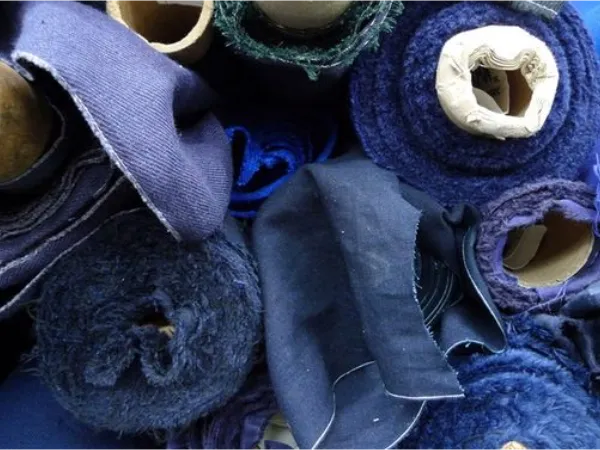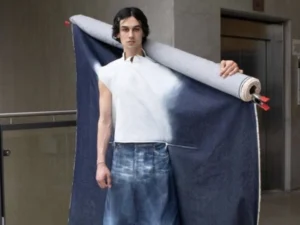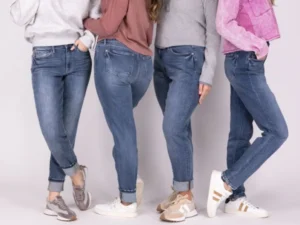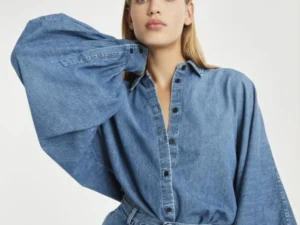Why does the fashion industry hurt the environment? Today, let’s talk about one of the important factor —– Textile Waste. In recent years, the concept of dead stock fabrics also can be known as slow-moving fabrics, has gained attention as a sustainable solution.
This article aims to provide a comprehensive guide to understanding the following aspects:
- Definition of dead stock fabrics.
- Sources and characteristics of dead stock fabrics.
- The impact of dead stock fabrics on the environment.
- The benefits of using deadstock fabrics.
- Challenges and limitations of unsalable fabrics.
- Examples and applications of unsalable fabrics.
Definition of Dead Stock Fabrics
Deadstock fabric is an unused or surplus fabric that has not been sold or used by the original manufacturer or retailer. Rather than being thrown away or left unused, dead-sell fabrics find new life in alternative fashion production methods such as upcycling, repurposing, or creating limited-edition collections.
Dead stock is any unsold merchandise, including fabric, that is still in new or unused condition. In the fashion industry, slow-moving fabrics are often the result of overproduction, changing fashion trends, order cancellations, or manufacturing errors.
Sources and Characteristics of Dead Stock Fabrics
To cater to the changing preferences of consumers, the fashion industry is fast-paced. This will lead to the accumulation of unsalable fabrics. On the other hand, dead stock is an unused or surplus fabric that was not sold or used by the original manufacturer or retailer. It can be caused by overproduction, inaccurate market forecasts, canceled orders, manufacturing errors, or changes in fashion trends.
Available stock fabrics are produced to meet market demand, making them always available from a variety of sources. Manufacturers regularly produce and distribute this fabric, ensuring a steady supply for designers and retailers. It comes in large quantities and is available in a variety of designs, colors, and finishes.
Deadstock fabrics are not meant to be thrown away, but rather find new life through alternative fashion production methods such as re-purposing or creating limited edition collections.
The characteristics of dead stock fabrics
- Limited Availability and Exclusivity
Deadstock fabrics are often available in limited quantities, making them a unique and exclusive resource for designers and creators.
- Unique design and pattern
Since the dead stock fabric is often the remnants of earlier production runs or discontinued lines, it often showcases unconventional designs, patterns, and colors, allowing for the creation of creative and unique fashion pieces.
- High quality and durability
Deadstock fabric may have the highest quality because it comes from an established manufacturer. Its durability and longevity make it an attractive option for fashion production.
- Sustainable and environmentally friendly quality
Utilizing dead-stock fabrics can help reduce the need for new raw materials and lessen the environmental impact of fabric production. It also diverts textiles from landfill and supports a circular economy.
The Impact of Dead Stock Fabrics on the Environment
- Comparison with fabric production
Using deadstock fabrics offer a more sustainable alternative to fabric. Plus dead stock fabrics may produce using less water and energy with the old weaving method than current stock fabrics. It reduces waste generation and minimizes the consumption of resources such as water, energy, and chemicals.
- Contribution to reducing textile waste and landfills
The fashion industry is one of the largest contributors to global textile waste. To reduce the amount of fabrics that end up in landfills and reduce the burden on the environment, we can reuse unsalable fabrics.
The Benefits of Using Dead Stock Fabrics
- Support for small businesses and local economies
Deadstock fabrics offer small businesses and local designers the opportunity to source materials that suit their production capabilities. This support of the local economy fosters creativity, diversity, and community growth.
- Creative possibilities for designers
For designers, dead stock fabrics open up a world of creativity. Limited availability and unique designs challenge designers to create innovative collections, promote sustainability, and encourage conscious consumption.
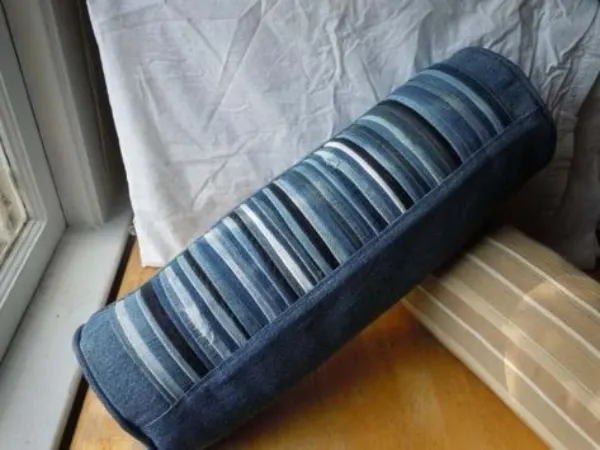
Challenges and Limitations of Unsalable Fabrics
- Quantities and availability are limited
Due to its nature, there are limited quantities of dead stock fabrics. This creates challenges when scaling up production or sourcing consistent materials for large fashion brands.
- Difficulty procuring certain types of fabrics
Finding a specific type of deadstock fabric can be challenging as it depends a lot on what is available in the market.
- Variations in Quality and Consistency
Because dead stock fabrics come from different sources, there may be variances in fabric quality and consistency. This presents a challenge in ensuring the uniformity of a garment or collection.
Examples and Applications of Unsalable Fabrics
- Fashion industry application
Dead stock fabric is often used as a base material for upcycling, transforming garments or accessories into new and desirable products. This approach breathes new life into textiles that would otherwise be discarded.
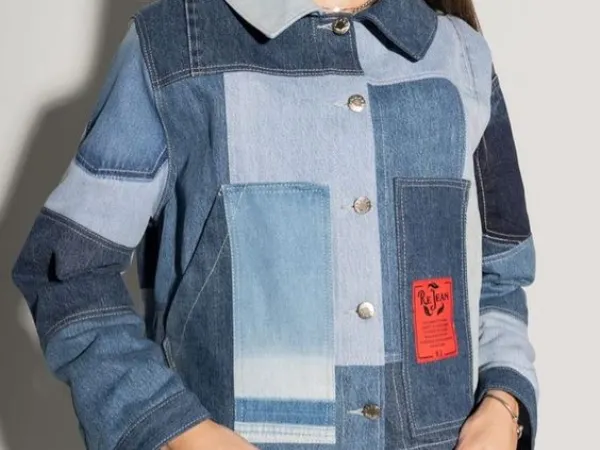
- Limited edition series
Designers and brands often use dead-stock fabrics to create limited-edition collections. These collections emphasize the uniqueness and promote sustainable fashion practices.
- Home improvement and interior decoration
Deadstock fabrics are not limited to fashion applications. It can also be used for home decoration, bringing a refreshing touch of style and sustainability to leading interior design projects.
- Accessories and handbags production
The uniqueness of the dead stock fabric makes it an excellent choice for the production of accessories and handbags. These pieces can showcase individuality and contribute to a more sustainable fashion ecosystem.
Conclusion
All in all, dead stock fabrics offer great potential for the fashion industry to reduce its environmental impact and achieve sustainable development. It embodies features such as limited availability, unique design, high quality, and eco-friendly qualities. Utilizing dead stock fabrics benefits manufacturers, consumers, and the environment, while also supporting small businesses and providing creative possibilities for designers.
By understanding the origins, characteristics, environmental impacts, benefits, challenges, and applications of dead stock fabrics, we can work together to create a more sustainable and responsible fashion industry.
That will be all for today’s sharing. If you like this article, share it with your friends and give us a comment on how you understand the deadstock fabric.
Happy reading!

